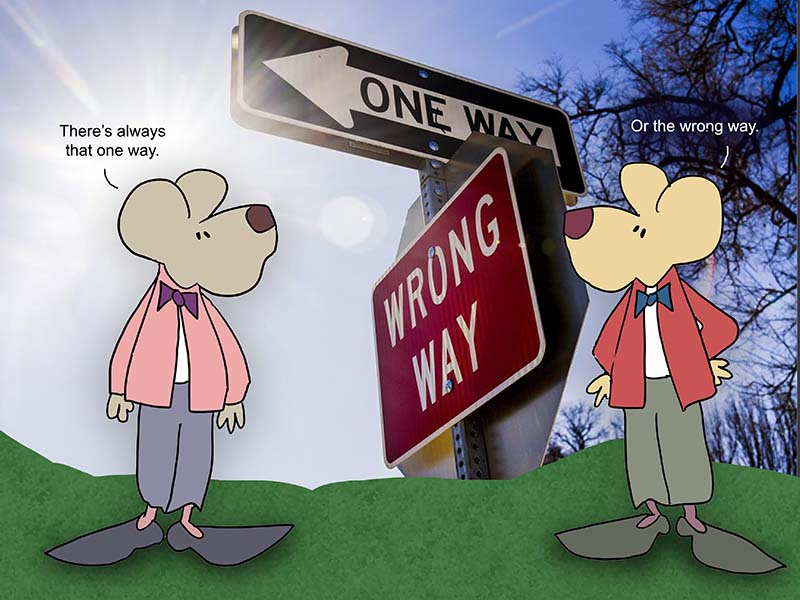A few unrelated items have captured my attention for unknown rationale.
The first starts in Hollywood. I’ve never seen the movie Braveheart with Mel Gibson. The main reason is that I can only imagine Mel Gibson in certain screen roles, and playing a Scottish Warrior in a kilt is not one of them. Besides, I don’t enjoy those types of movies where there are a lot of battle scenes, and men stab, slice, and beat one another senselessly.
Nonetheless, the character he played is based on true-life William Wallace. I know. It sounds like some guy down the hall in Accounting. But William Wallace was a Scottish knight who became one of the main leaders during the First War of Scottish Independence. I should note, this was not the name of the war at the time. The name was given retrospectively, many centuries later, after the American War of Independence made the term popular.
Anyway, a jump back to the historical background of why they were fighting. The First War of Scottish Independence was the first of a series of wars between English and Scottish forces. It started with the English invasion of Scotland in 1296 and kept going until the restoration of Scottish independence with the Treaty of Edinburgh–Northampton in 1328. So. A 32-year war.
Wallace (aka Gibson) managed to avoid being captured until 1305. But, they nabbed him and turned him over to Edward I of England. Scottish Warrior William Wallace was put on trial for treason. Once he heard the charges against him, he said: “I could not be a traitor to Edward, for I was never his subject.”
Okay. Probably not the best thing to say. It most likely really ticked off old King Ed sitting on his throne, scepter in hand. I only say this because of what happened next on this date in history.
On August 23, 1305, Wallace was stripped naked and dragged by a horse through London. He was then hung, drawn, and quartered – strangled by hanging, but kept alive, emasculated, disemboweled and had his bowels burned before him, beheaded and then cut into four parts.
Now THAT, is emphasis.
I suppose all of Wallace’s troubles paid off, for Scotland was granted its freedom. I should note, however, that this was the “first” war of independence. There would be at least one more war with England over this very topic.
This whole thing motivates me to be the likes of a slug, somehow.
The next item that caught my attention is a little fact I recently learned.
Michael Jordan earns more money from Nike in one year than all the Nike factory workers in Malaysia combined. This seems like there would be some cause for a war here. But again, the hero might be dragged through the streets behind some horse. I don’t know what the answer is, but the rich keep getting richer.
And finally, on this date, in 1617, the very first “One-Way” streets opened. This happened in London. I guess too many horses were stopping and chatting throughout the day — blocking traffic and all. Hello, naayyyyy-bor.
The One Way Street. If you describe a relationship as a one-way street, you typically mean that only one of the sides in the relationship is benefitting.
And so it goes.
So many times in life, there are “sides” in things. We may not wish to draw upsides, but it happens. There are many occasions when we are asked, or forced, to pick which side we are on.
The problem with “sides” is that both of them think they are right. And both of them think they are good.
And this part of it always gives me the quivers inside. I need a brave heart.
=========
There is nothing that exists that has only one side. Even a piece of paper, thin as it is, has two sides.
— Terry Goodkind
=========
Standing in the middle of the road is very dangerous; you get knocked down by the traffic from both sides.
— Margaret Thatcher
=========
“There are generally at least three sides to any story, though.”
“Three?”
“One side, the other side, and the truth.”
― Garon Whited
=========
Warriors. Workers. Streets. All on sides.
